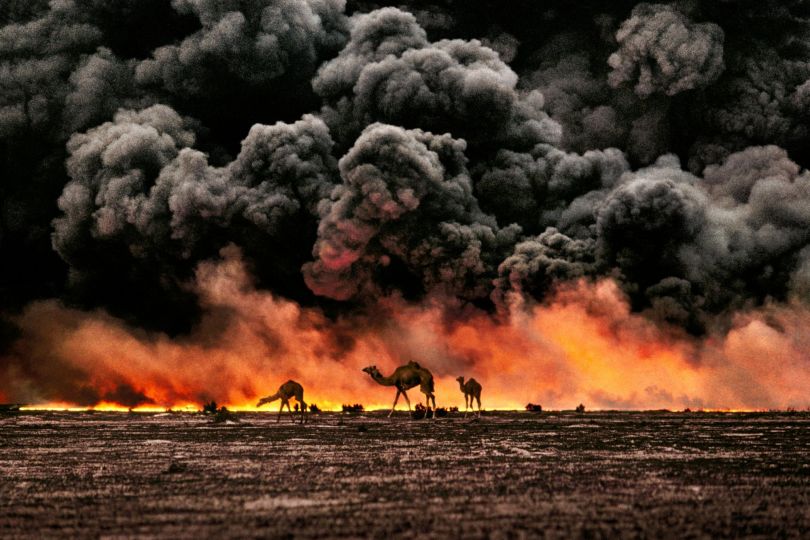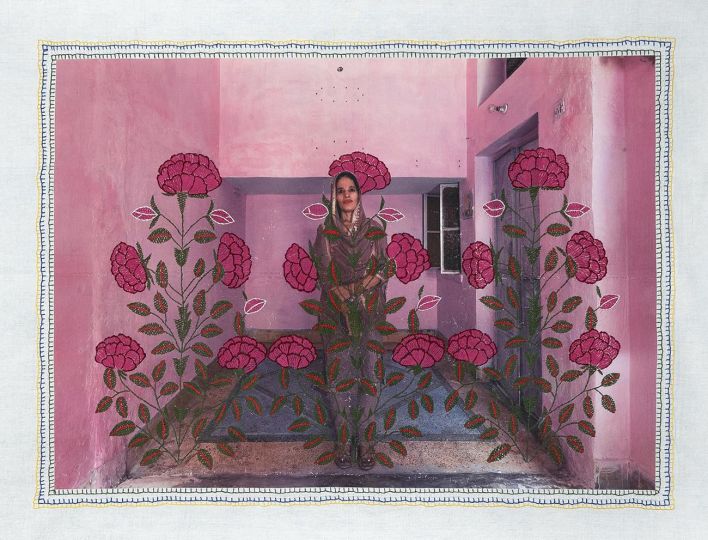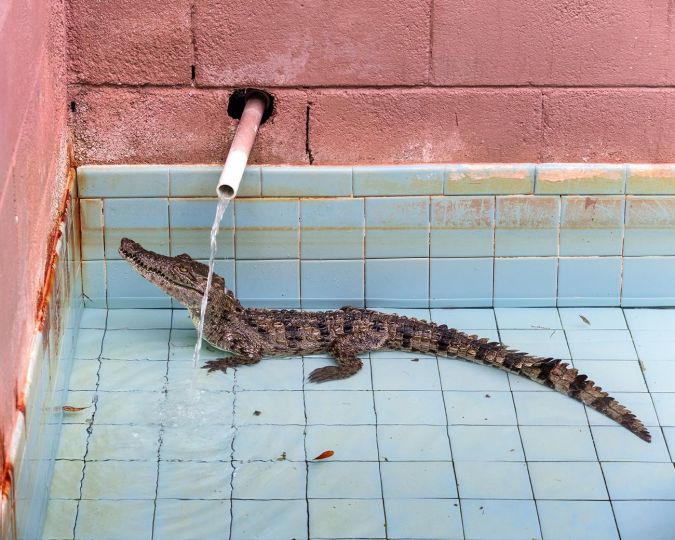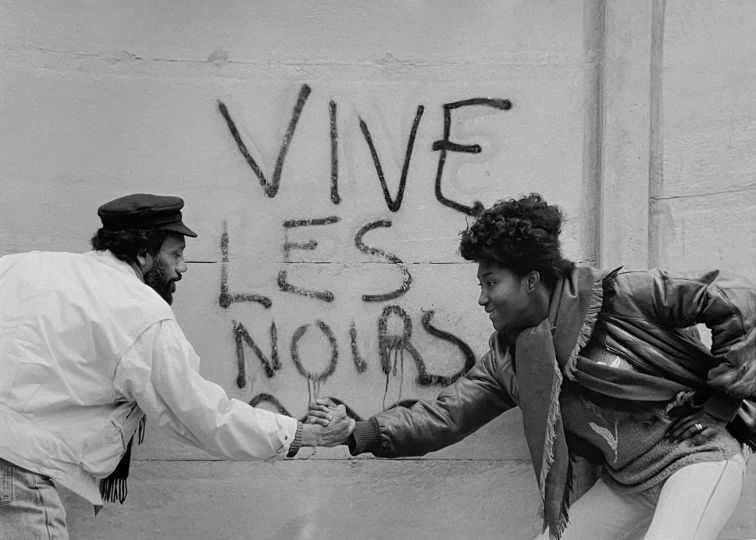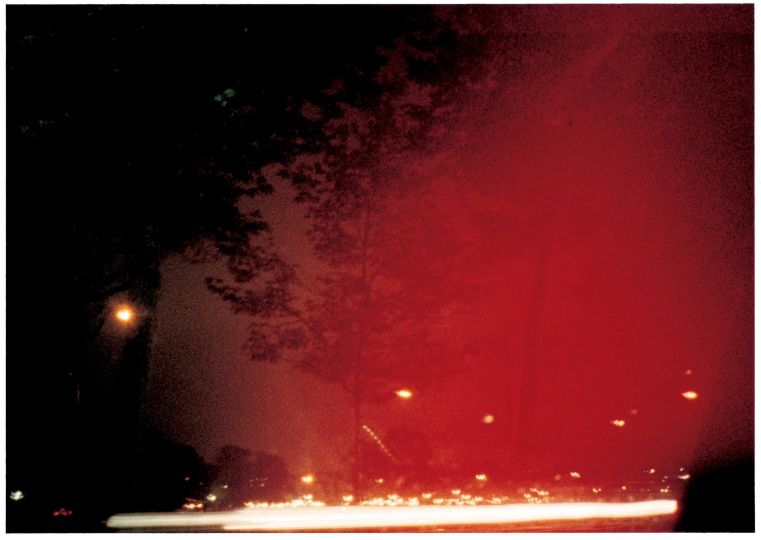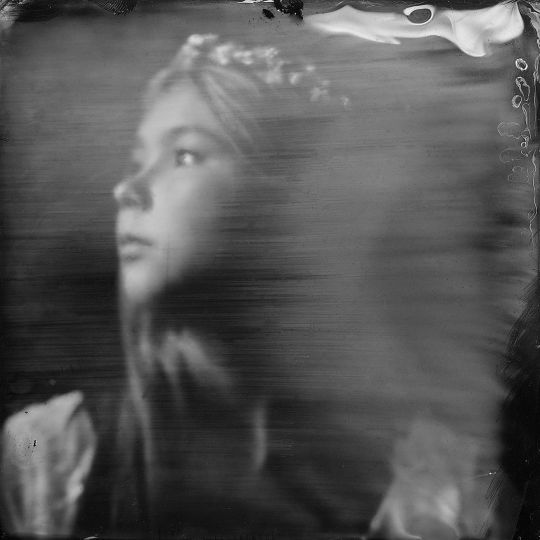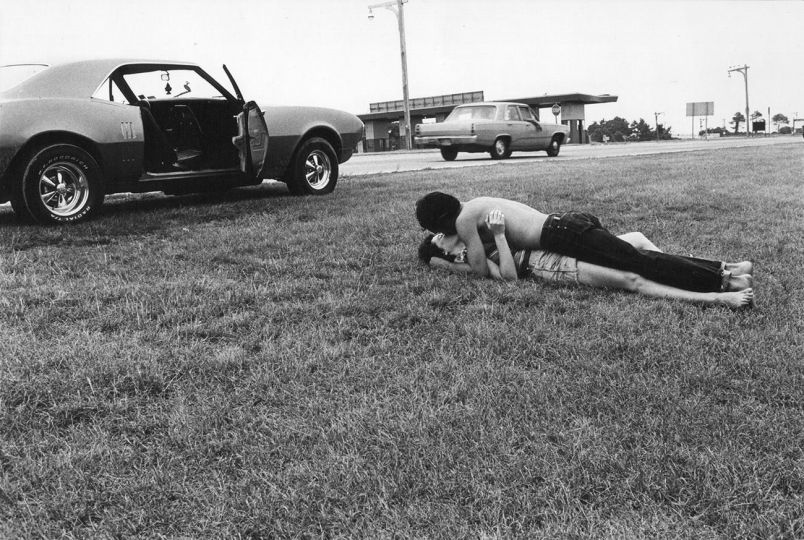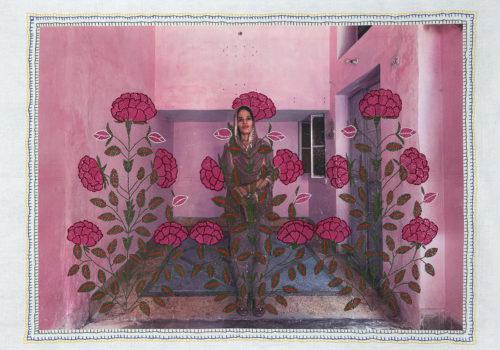Perhaps there is nothing so romantic as abandoned buildings, ruins and relics, remnants of what was and what could have never been. Empty, neglected buildings are the things that invite our imaginations for a visit. It shouldn’t be surprising when you consider that the building is a symbol of the self. Our homes, our towns, our legacies, buildings are tall and proud monuments. Crowns.
I’ve always said if you want to do leave a mark, create a building, or a book. And sometimes the boundaries between those subjects blur. So much so that a book becomes the place where we consider what was and what remains.
Fallen Empires by Shai Kremer (Radius Books) is a stunning tribute to the ruins of mankind. Photographed in Israel, Kremer’s images are layered with meaning, feeling, and something more visceral, the something that grips us all when we see land that has been infused with the fervor of power, religion, and politics, with flesh, blood, and spirit, with religious conviction that one must be wrong for another to be right.
Kremer writes, “The camera unearths testimonies from the past and shows a different perspective. It reveals inconvenient truths and explores the landscape as a place of amnesia and erasure.” For on this tiny land, battles continue to be fought. The book is organized into five chapters, each one advancing across the landscape and through time, bringing us into the reality that conflict, such as it is steeped in this land, is something that lives longer in memory than anywhere else.
What the recent and ancient ruins are, what they mean to everyone that beholds them, is open to where we stand in relation to what has been lost. If it is ours, if it is theirs—this perception is all it takes to define the scared and the profane. Histories are told by those who need to remember, and photographs become evidence of pain. Kremer’s images are more than documents, they are meditations on the act of destruction, and give us pause when we consider that somehow time only makes them more beautiful, more poignant.
On the other side of the earth we have 285 Broken Dreams: Photographing Southeast New Mexico and Texas by Chris Enos (Museum of New Mexico Press), a book that is at once so lavish and so stark it’s hard to know how to talk about the dozens upon dozens of stories untold, stories that may never be known.
Over a concentrated period in 2009, Enos photographed abandoned homes and storefronts, gas stations and motels, churches and barns, billboards and businesses that perished in the latest economic crisis. Statistics mean nothing; they have no soul. But empty buildings, symbols of life that once was and no longer is, remind us that there is a human face to the world in which we live.
Against the relentlessly cheery blue sky of the wide flat plains of Southwest desert, we see something we might not ordinarily notice. Most of this architecture is shoebox, cookie cutter basics, American with no frills, thank you very much. But now that the paint on the signs has begun to fade, bow that the doors and windows are boarded up—there is no entrance, no escape—each of these buildings has its own character, a distinction that might not have been noticed while it was in use. Each one of these buildings is worthy of a portrait, of a dignified epitaph that Enos’ photograph provides. Each photograph allows for the building to have the last word, to allow us to really, closely observe what it is when the end is not the dream. When the end is out of your control, when the tide comes and sweeps you away.
Sara Rosen


